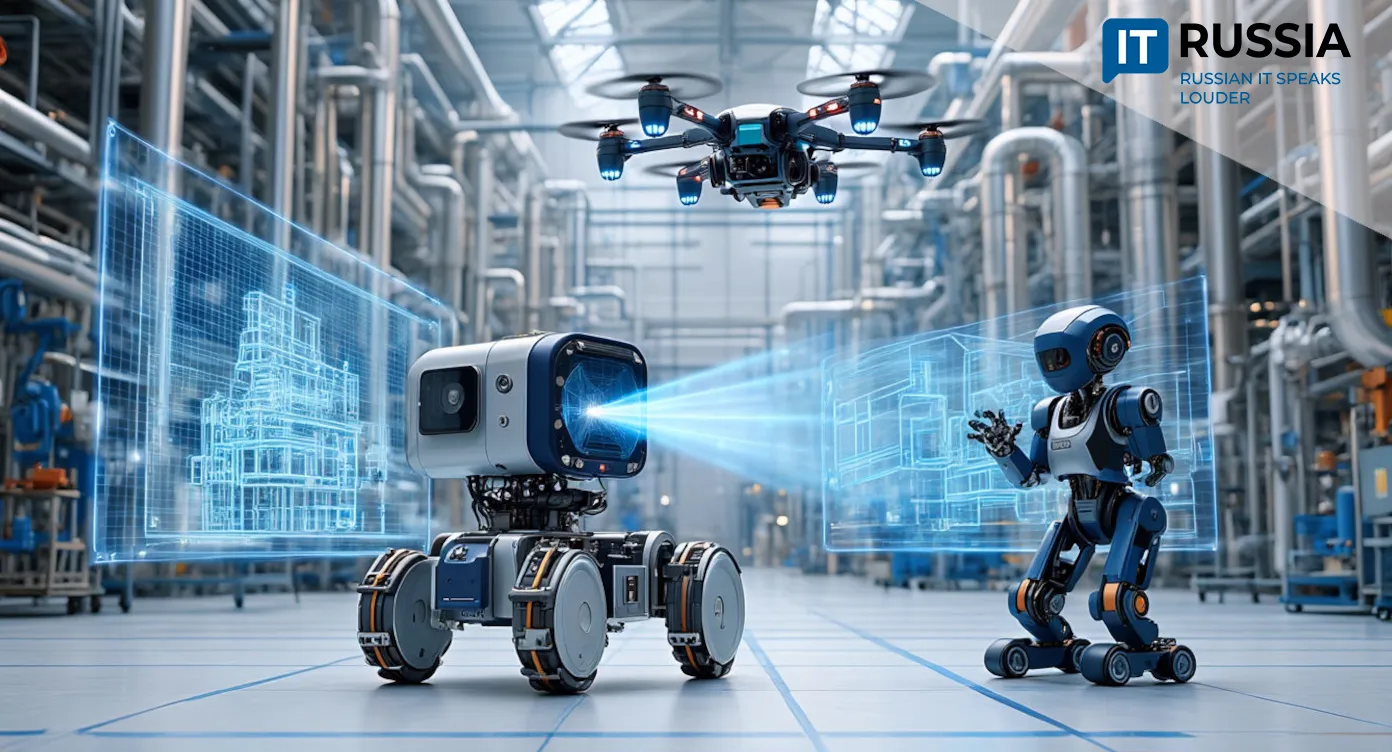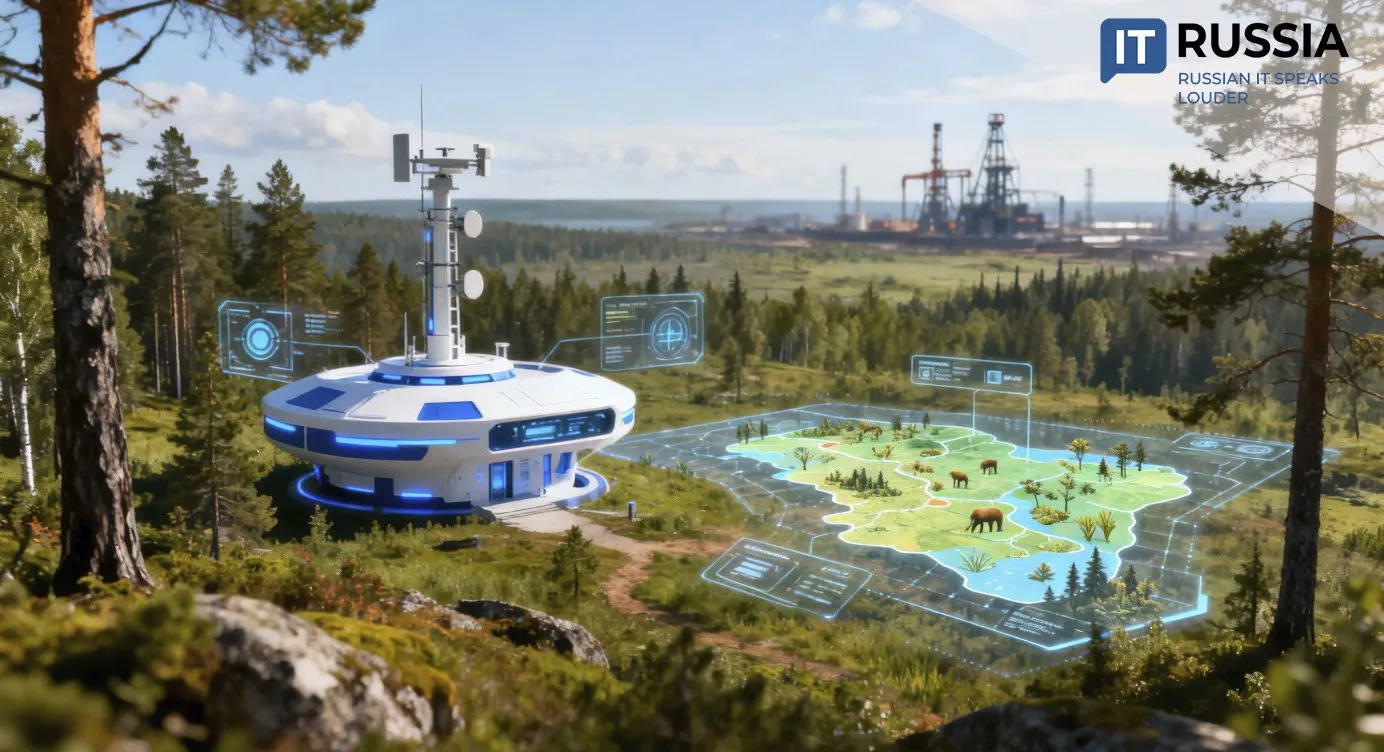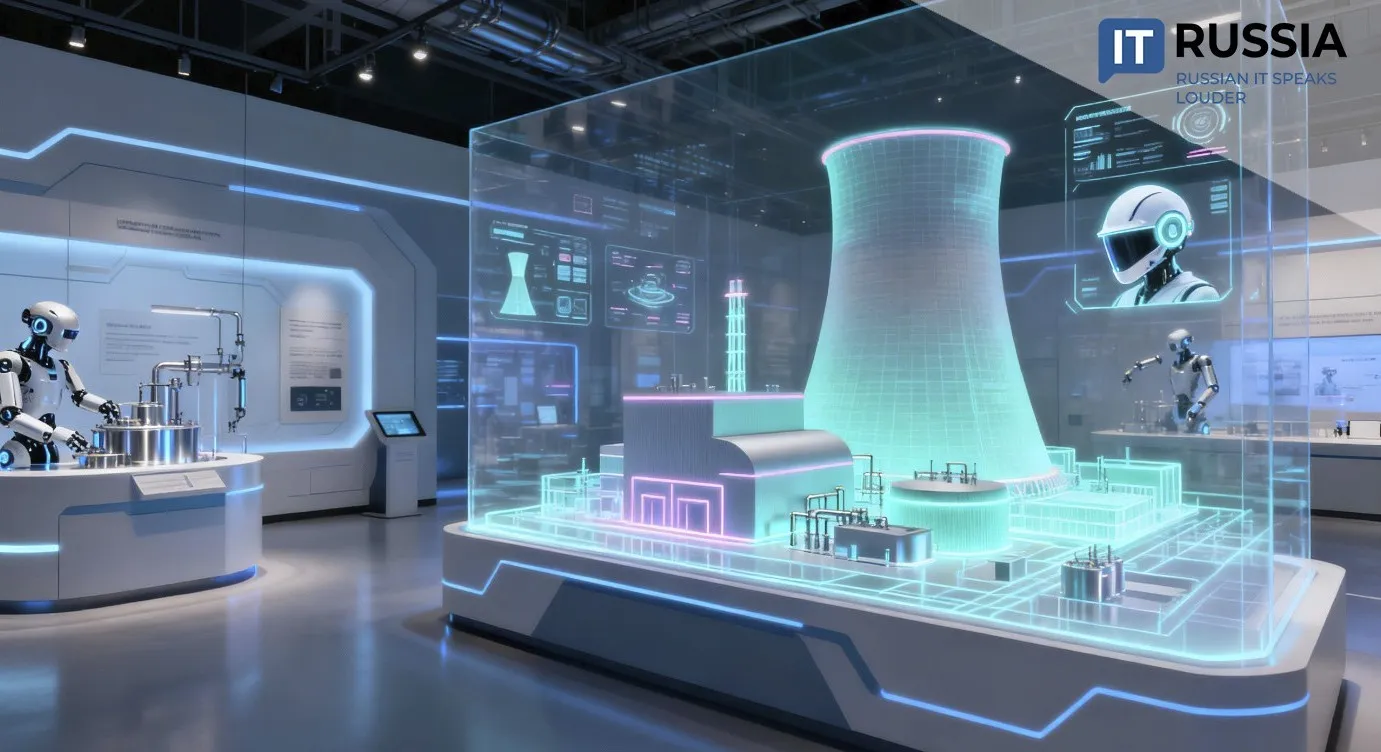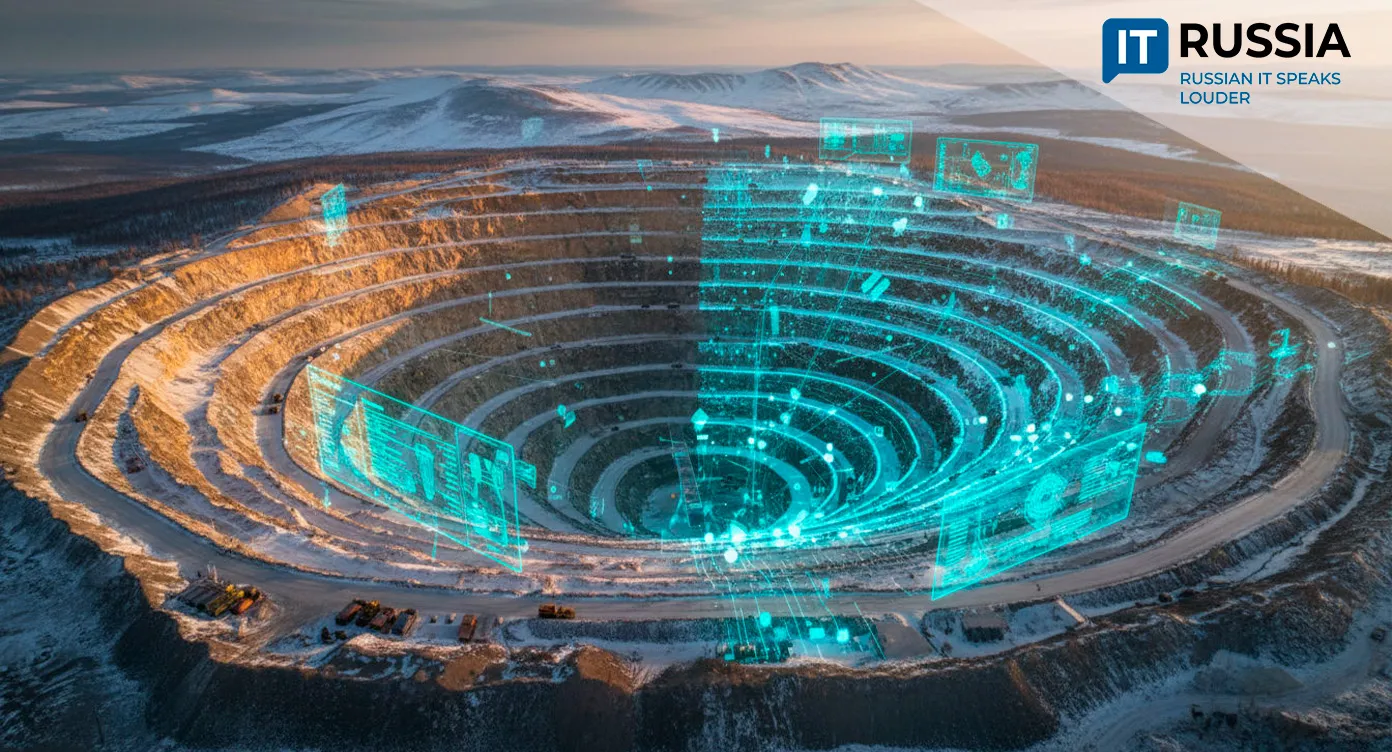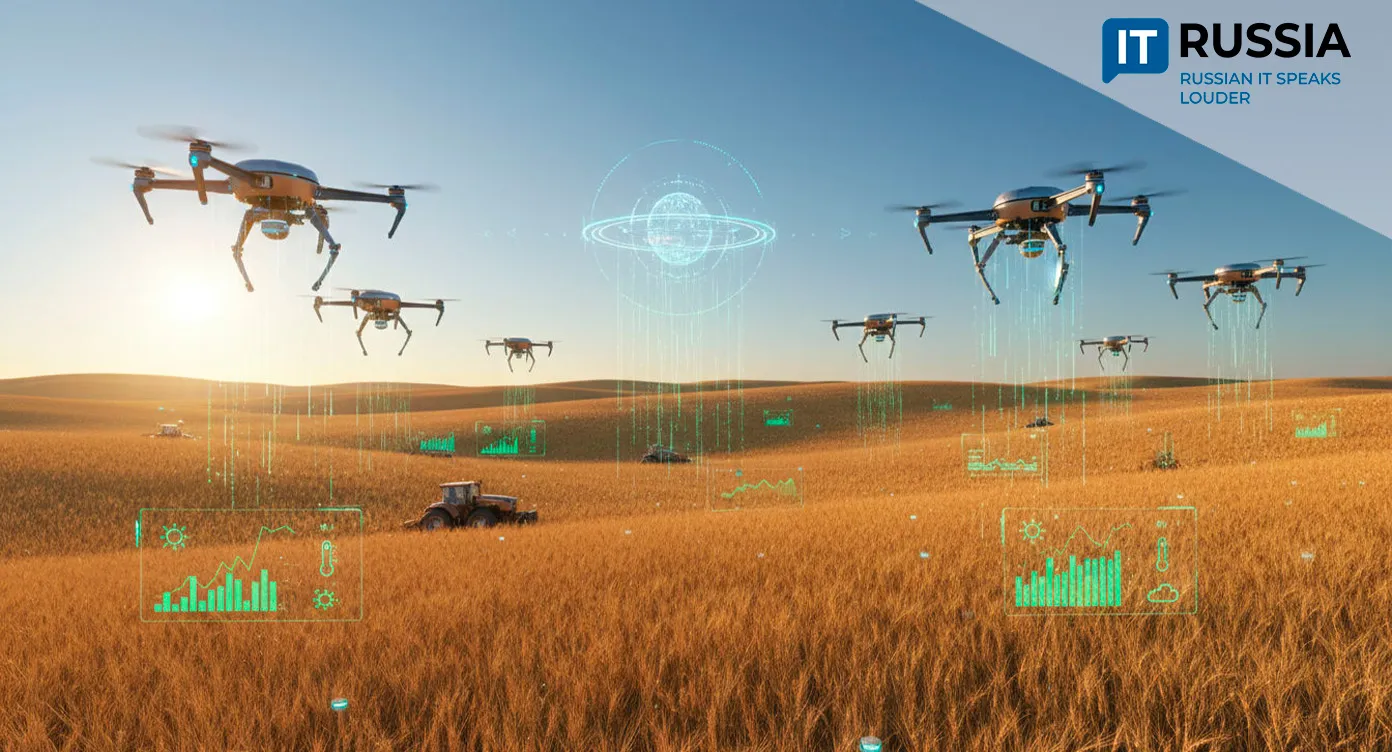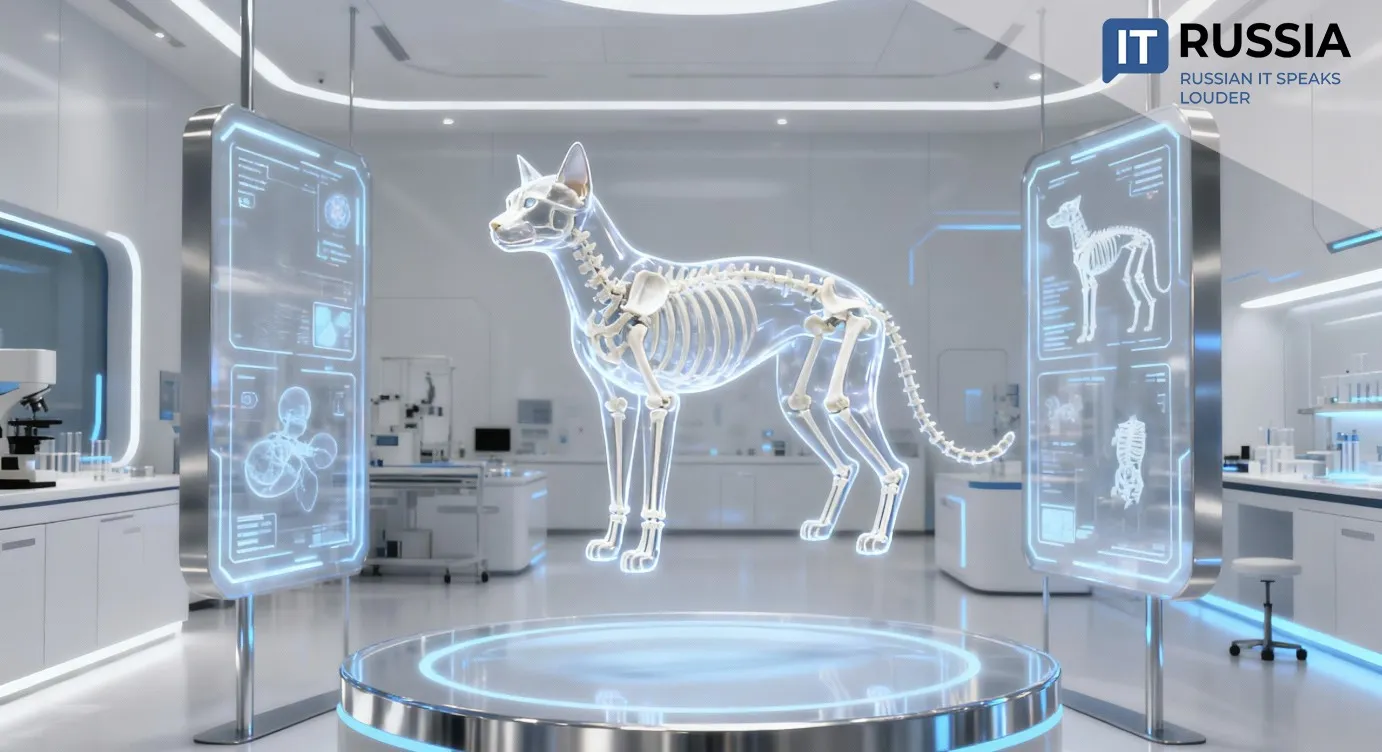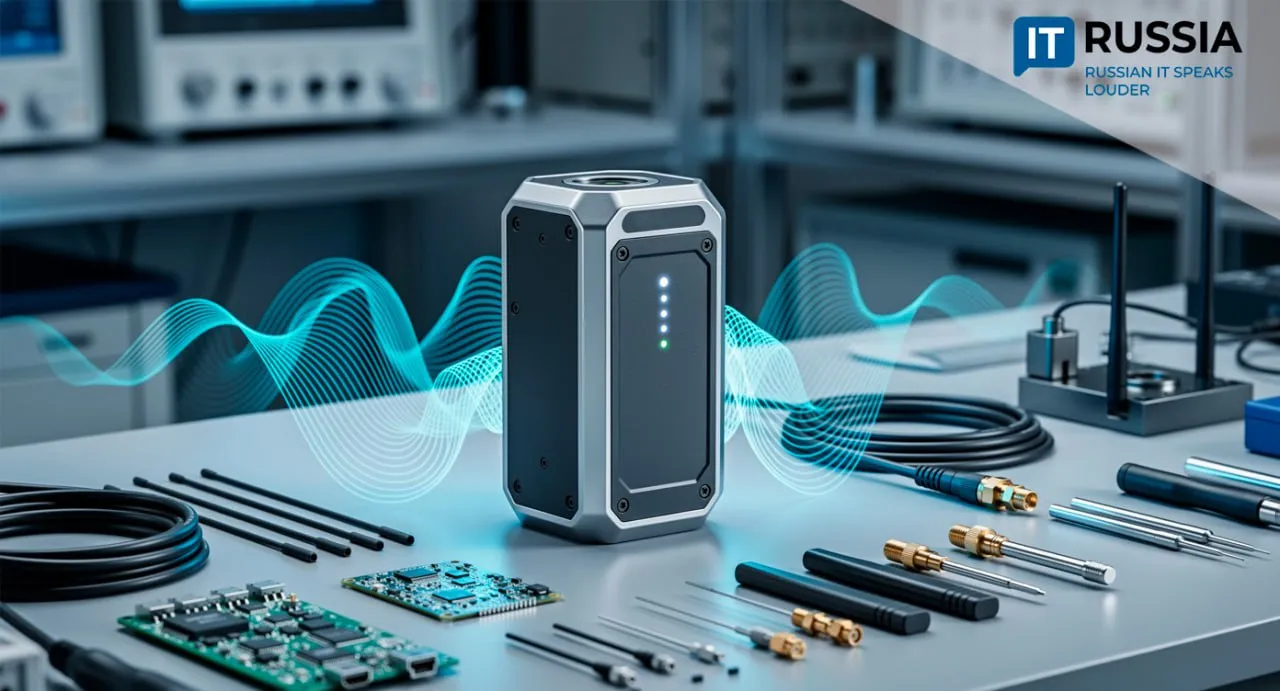Worm Robot Digs Into the Future of Russian Mineral Exploration
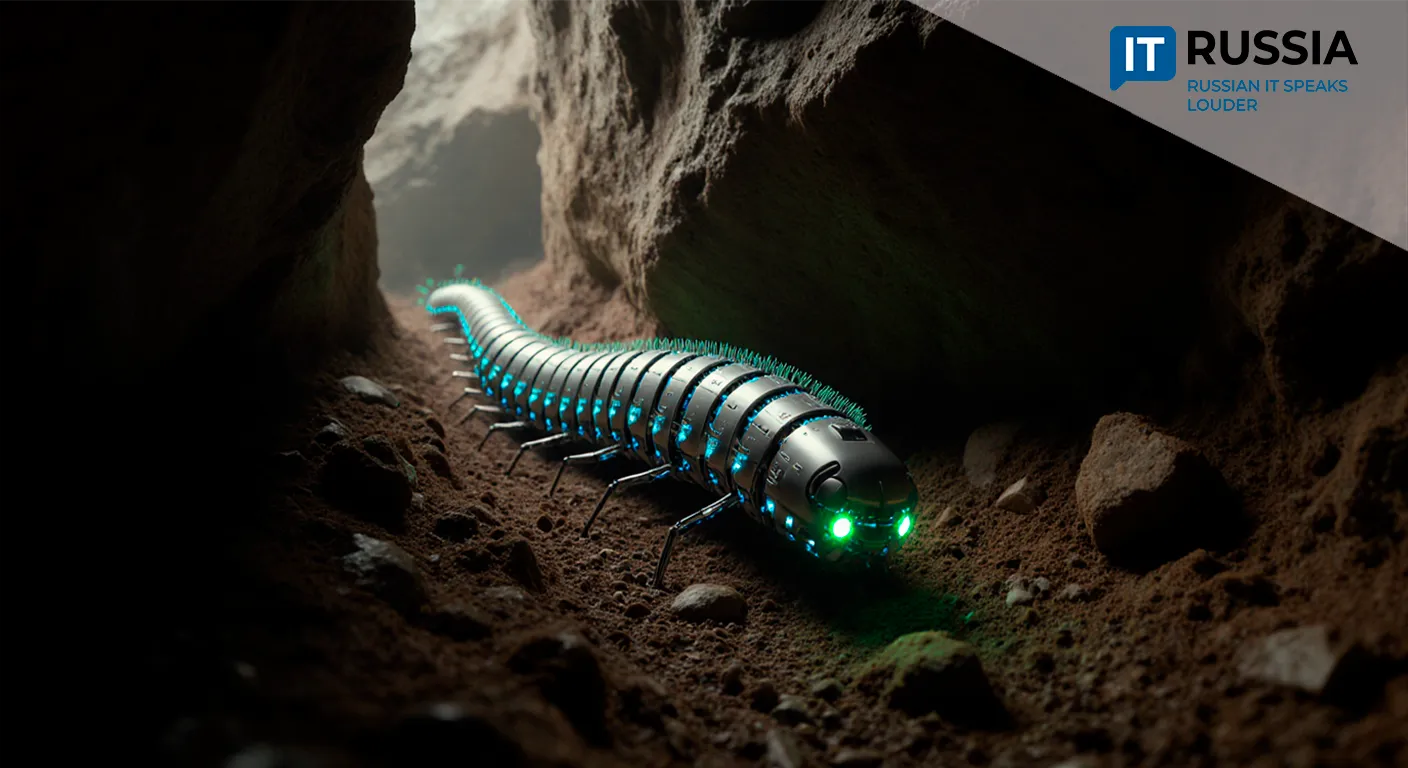
Engineers at Ural Federal University (UrFU) have developed a biomimetic tunneling robot that could revolutionize subsurface geological exploration. Their robotic worm is designed to reach places no human or conventional drill can access—opening new frontiers in safe, cost-effective mineral prospecting.
Nature-Inspired Design for Harsh Terrain
Traditional metal drilling rigs are costly, hazardous, and mechanically intensive. UrFU’s robotic worm offers a new paradigm: a flexible, bioinspired system that mimics organic movement. Its segmented body is modeled after natural organisms and covered in microscopic bristles that enhance traction.
At the heart of the design are magnetostrictive actuators—smart materials that contract or bend in response to magnetic fields. These artificial muscles, often made from Terfenol-D alloys, enable the robot to emulate wave-like crawling motions, compressing and flexing sequentially to navigate dense soil, loose rubble, and even cracks in bedrock. Unlike traditional spelunkers, this robot doesn’t need ropes and isn’t fazed by collapses. Its element is the Earth itself.
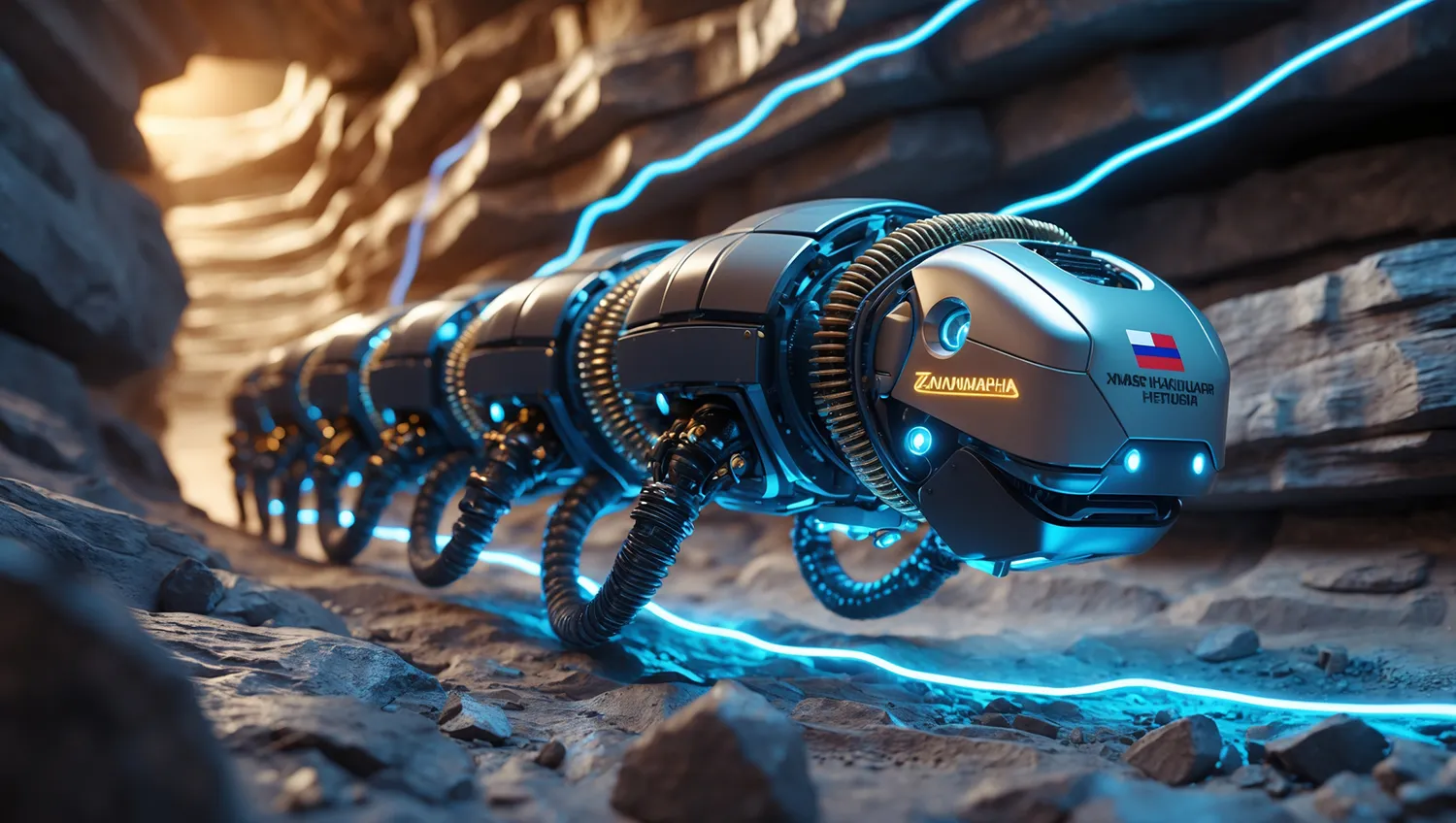
Strategic Applications for Russia’s Extreme Geology
Around 70% of Russia’s most promising mineral deposits are located in geologically extreme regions such as the Urals, Siberia, and the Arctic. Traditional exploration methods in these zones are dangerous and expensive—sometimes accounting for up to 20% of total project costs. UrFU’s compact tunneler promises to lower both financial and human risks.
The robot can be deployed into unstable zones, where human entry would be life-threatening. It can carry sensors—like GPR, seismic-acoustic modules, and chemical analyzers—that relay subsurface structure and mineral data in real time.
Although Russia is not currently a global leader in soft robotics, this innovation could shift the balance. Magnetostrictive actuation offers a high-speed, precise alternative to pneumatic and hydraulic systems. The project also stimulates domestic research into smart materials, microelectronics, and miniaturized sensors.
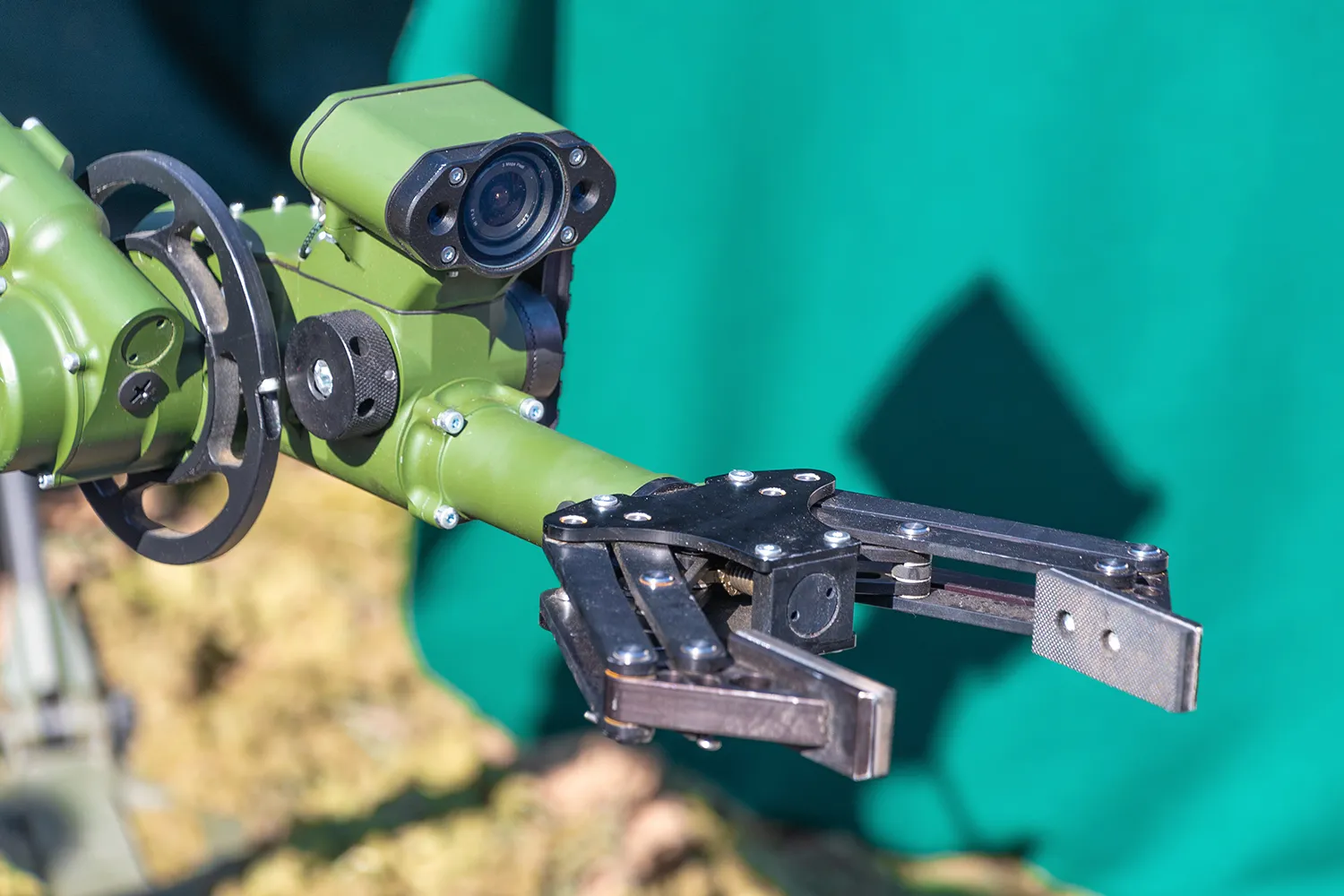
Global Parallels and Domestic Strengths
UrFU isn’t alone in exploring soft robotics. In 2024, the University of Southern Denmark unveiled a pneumatically actuated wormbot for disaster recovery. Cornell University’s worm-jellyfish hybrid emphasized energy efficiency via hydraulic batteries. Canada’s GeiwBot, a 4-cm microbot from the University of Waterloo, uses light-responsive liquid-crystal elastomers and is poised for surgical use.
Meanwhile, Max Planck’s Institute for Intelligent Systems in Germany built card-sized aquatic wormbots for environmental monitoring. But while global robots learn to swim, Russia’s robotic worm is preparing to crawl through granite and basalt.
Soft Robotics, Hard Impact
This technology’s true value lies in showing that Russian scientists can compete at the cutting edge of soft robotics—an increasingly critical niche. It could optimize existing geological exploration practices while boosting development in advanced materials, microelectronics, and AI-driven robotics.
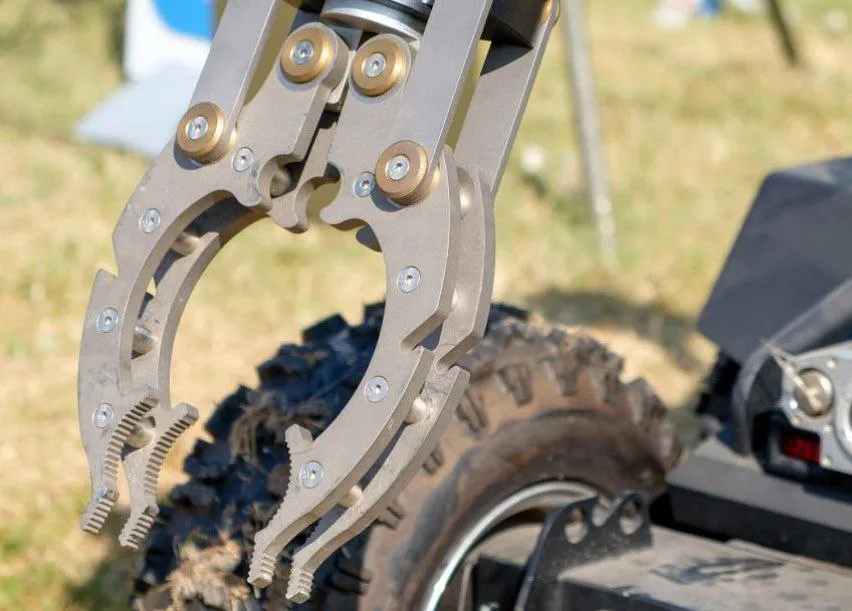
Challenges remain: the prototype needs better terrain adaptability, more robust underground communications, and a greater payload to support serious exploration. Miniaturized power sources or fuel cells must also be integrated. The long-term goal is to deploy coordinated swarms of autonomous worms managed from the surface—a model similar to unmanned aerial systems.
Analysts see this as a key case study in adaptive robotics. If the technology progresses from lab prototype to a real geologist’s tool, it could become a cornerstone of Russia’s high-tech mining future. For now, the robotic worm must prove it can do more than crawl—it must deliver results beneath the Earth’s surface, where nature offers the final exam.


















